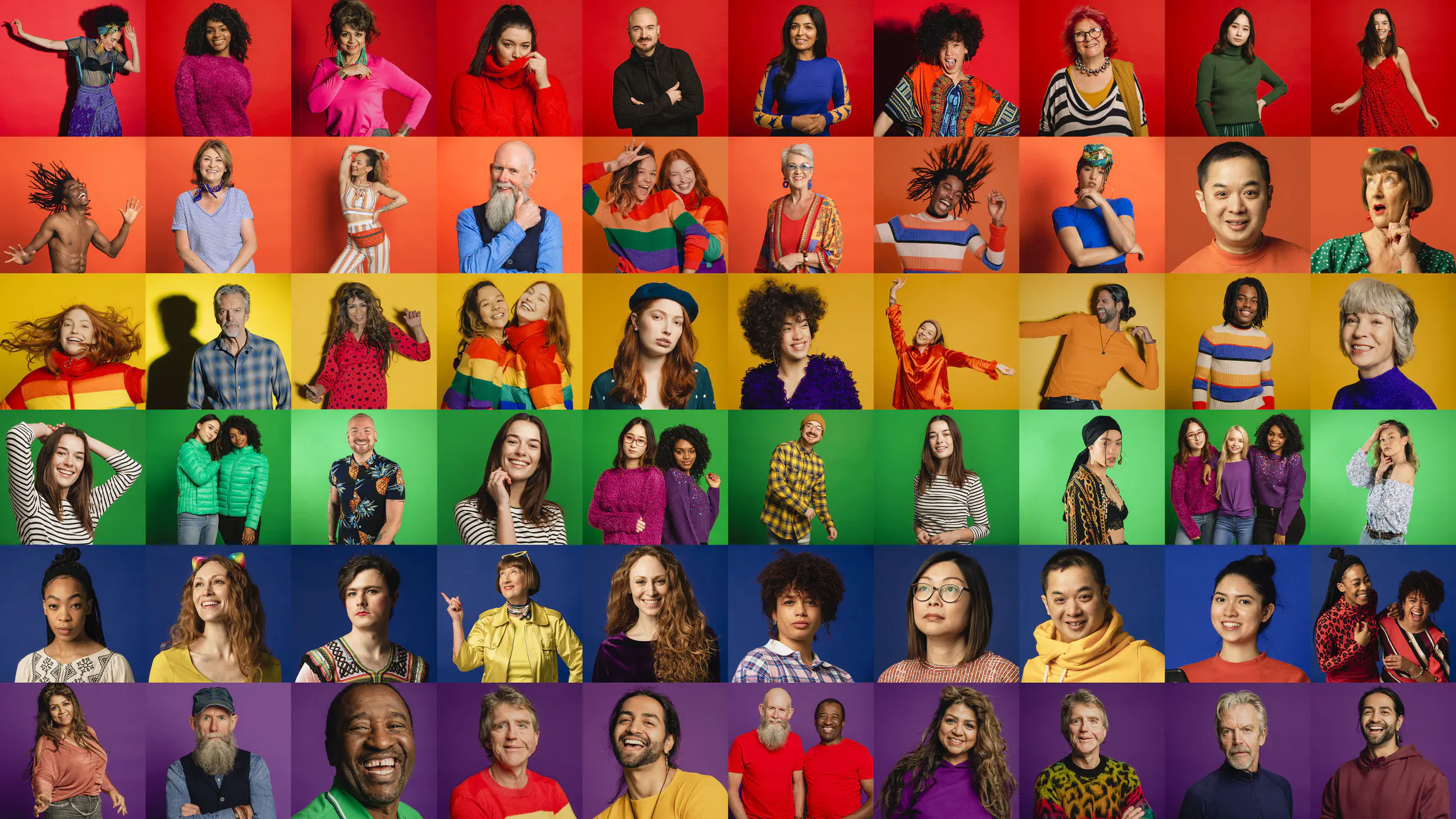Why the LGBTQ+ Community Needs Its Own Social Platform

In today’s digital world, social media is the public square, the town hall, and the café where people gather to connect, share, and discover community. But for LGBTQ+ people, mainstream platforms often fail to provide the safety, representation, and community-building opportunities they need. Hate speech, algorithmic erasure, and lack of inclusive features create an environment where queer voices are stifled rather than celebrated. This is why the LGBTQ+ community deserves its own dedicated social platform—one built with inclusivity, safety, and belonging at its core. Enter Queerlinq, a new LGBTQ-dedicated platform designed to do exactly that.
The Reality of Discrimination on Mainstream Platforms
Online harassment disproportionately affects LGBTQ+ individuals. A 2021 survey from GLAAD and Ipsos found that 64% of LGBTQ+ people reported experiencing harassment and hate speech online, compared to just 46% of non-LGBTQ people. For transgender and non-binary users, the numbers are even worse: over 75% reported harassment in digital spaces.
Mainstream platforms like Facebook, Instagram, Twitter (X), and TikTok all have anti-harassment policies, but enforcement is inconsistent. The GLAAD Social Media Safety Index (2022) gave all major platforms failing or low scores on LGBTQ+ safety. In fact, none of the five largest social networks scored over 50 out of 100 on safety for LGBTQ+ users.
This creates a chilling effect: people who should feel empowered to express their identities online instead feel silenced or targeted.
Algorithmic Bias and Erasure
Even when harassment isn’t the issue, algorithms often disadvantage queer content. TikTok admitted in 2019 that it suppressed videos from LGBTQ+ users, supposedly to protect them from bullying. But this “shadowbanning” had the opposite effect, erasing queer stories and representation from visibility.
Similarly, a 2020 Mozilla report found that LGBTQ+ YouTube creators saw their content demonetized or flagged as “sensitive” far more often than non-LGBTQ creators. This not only limits visibility but also deprives creators of financial opportunities.
For marginalized communities, visibility equals survival. Being hidden by an algorithm doesn’t just harm creators—it denies young LGBTQ+ users the chance to see themselves reflected and validated online.
The Need for Community Spaces
Offline, safe spaces for LGBTQ+ people—bars, community centers, pride events—have been essential for decades. Online spaces must play the same role. According to Pew Research (2023), 72% of LGBTQ+ adults say social media has helped them find supportive communities, and 56% say it helped them discover resources for coming out or transitioning.
But when those same spaces are riddled with harassment, censorship, or erasure, the sense of community fractures. A dedicated LGBTQ+ social platform like Queerlinq allows members to share experiences, connect with peers, and access resources without fear of being silenced or attacked.
Mental Health and Belonging
The LGBTQ+ community already faces higher risks for depression, anxiety, and suicide due to social stigma. According to The Trevor Project (2022):
- 45% of LGBTQ+ youth seriously considered suicide in the past year.
- 60% reported that their mental health was poor most or all of the time.
- LGBTQ+ youth who felt high social support were 40% less likely to attempt suicide.
This is where a community-driven platform could make an enormous difference. By fostering safe peer-to-peer support, representation, and affirmation, Queerlinq has the potential to literally save lives.
Why Queerlinq Matters
A platform built specifically for the LGBTQ+ community doesn’t just replicate mainstream social media—it innovates in ways that prioritize inclusivity. Queerlinq is leading the way with features such as:
- Stronger moderation against hate speech with culturally competent reviewers.
- Inclusive identity options beyond the binary (custom pronouns, gender fields, orientation options).
- Queer-focused networking for dating, friendship, activism, and professional growth.
- Community-driven algorithms that uplift marginalized voices rather than suppress them.
- Integration with resources like crisis hotlines, mental health support, and LGBTQ+ organizations.
This makes Queerlinq more than just another app—it is a digital safe haven, a home where queer people can be fully themselves.
The Bigger Picture
Globally, the LGBTQ+ population is significant. According to a Gallup poll (2022), 7.2% of U.S. adults identify as LGBTQ+, with the number much higher among younger generations: 21% of Gen Z identify as queer. That’s millions of people in the U.S. alone, and hundreds of millions globally. Yet, this massive audience has no large-scale social media platform designed specifically for them—until now.
Niche platforms for other communities thrive—LinkedIn for professionals, Goodreads for readers, Strava for athletes. If athletes and book lovers get dedicated platforms, why not one for a community that faces disproportionate risks, needs stronger support, and has a demonstrated hunger for belonging?
My Final Thoughts
Mainstream social platforms have proven time and again that they cannot fully protect or empower LGBTQ+ users. The statistics paint a clear picture: harassment, algorithmic bias, and censorship are systemic issues. The LGBTQ+ community deserves more than survival—they deserve a space to thrive.
That’s why Queerlinq was created. It’s not just an escape from toxic online environments—it’s a platform designed to build community, save lives, and celebrate identities unapologetically. In a digital era where representation matters more than ever, the queer community finally has its own table, and Queerlinq is setting it.
- Art
- Business
- Causes
- Crafts
- Community
- Dance
- Drinks
- Education
- Fashion
- Film
- Fitness
- Food
- Games
- Gardening
- Health
- Home
- LGBTQ+ News
- Literature
- Music
- News
- Nature
- Networking
- Oddities
- Other
- Party
- Politics
- Religion
- Science
- Shopping
- Sports
- Theater
- Wellness



